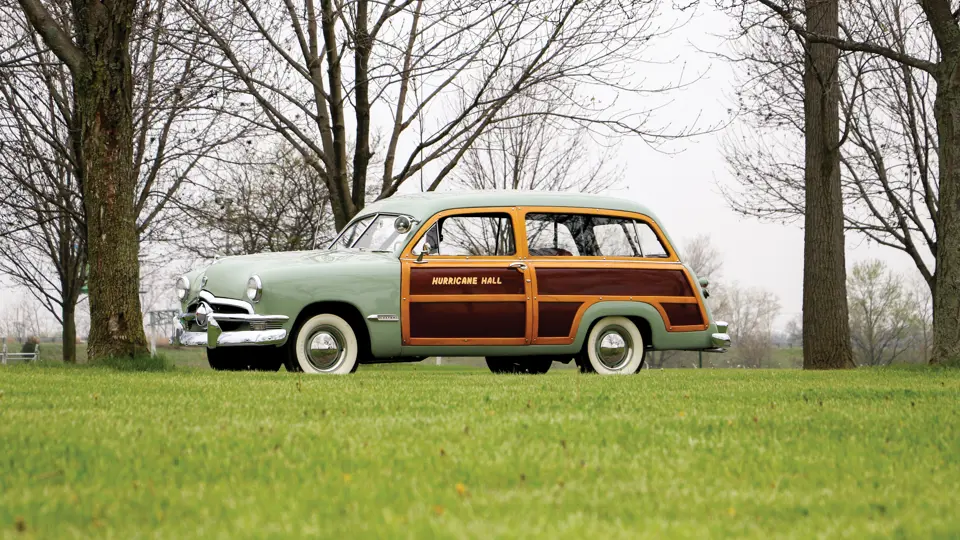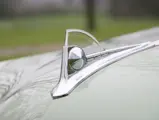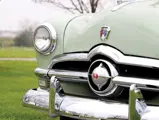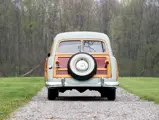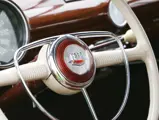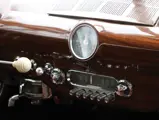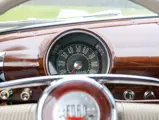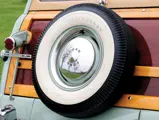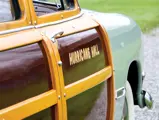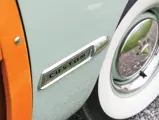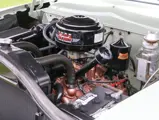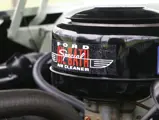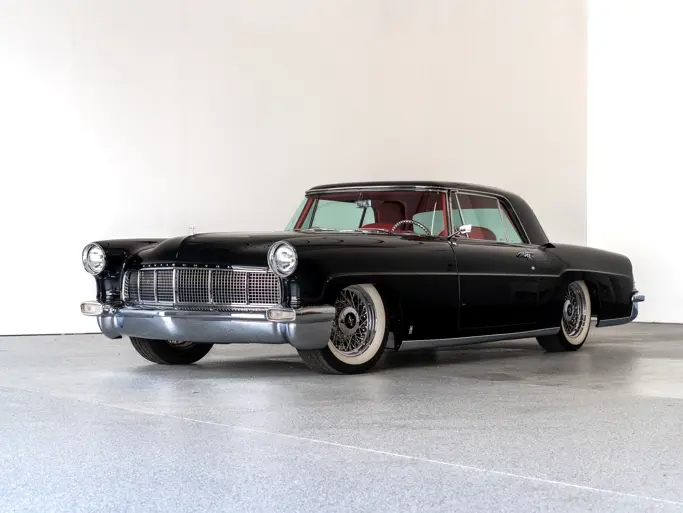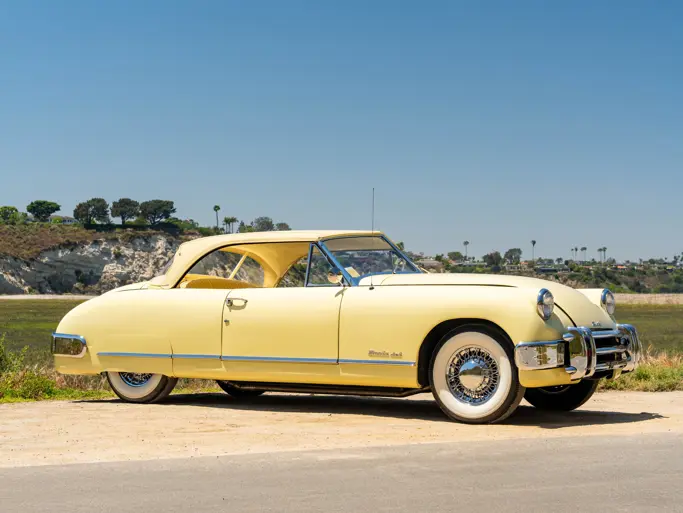
1950 Ford V-8 Custom DeLuxe Station Wagon
{{lr.item.text}}
$41,250 USD | Sold
{{bidding.lot.reserveStatusFormatted}}
- Early production pre-Country Squire model with genuine wood trim
- Believed to have first been owned by actor Jon “Hurricane” Hall
- Well-preserved and largely original
- An exceptional summer cruise night vehicle
Model 0BA. 100 bhp, 239.4 cu. in. L-head V-8 engine, three-speed manual transmission, coil-spring independent front suspension, live rear axle with semi-elliptical leaf spring suspension, and four-wheel hydraulic drum brakes. Wheelbase: 114 in.
This early 1950 Ford V-8 Station Wagon was built during the first half of the 1950 model year, prior to the introduction of the new Country Squire model. These early cars were the last Ford wagons to have a fully wooden tailgate, three-piece sliding side windows, and genuine mahogany trim rather than Di-Noc imitation “wood” on the flanks of the body, the final vestige of genuine woodwork on a Ford “woodie.”
The particular example offered here is well known in Ford circles as the “Hurricane” Hall car. According to its former owner, the well-known Southern California enthusiast Art Astor, the wagon’s first owner was actor Jon “Hurricane” Hall, whose nickname came from his starring role in the 1937 film The Hurricane. Following a successful film career, Mr. Hall became one of the first actors to switch to the new medium of television, where he became popular with the younger set as the star of Ramar of the Jungle. He was also married for many years to fellow film star Frances Langford. When not in front of a camera, Hall was involved in several other ventures, including citrus orchards, where this Ford was reportedly employed.
The car has been repainted the original color of Hawthorne Green as part of a cosmetic restoration, and it is equipped with an AM radio, heater, electric clock, windshield washers, and a spotlight mounted high on the door post, although the removable third row seat is no longer present. The engine compartment is nicely detailed, with dual exhaust fitted, and the car received new, correct cloth wiring in its previous ownership within a prominent private collection in the American West.
Similar to the earlier fully wood-bodied Ford wagons, these genuine wood-trimmed early 1950 Ford wagons did not survive in the same numbers as their later Country Squire counterparts. Well-maintained for much of its life, this handsomely patinated example is one of the few remaining extant and would be an interesting and historically significant addition to any collection of Fords—or an ideal summer cruiser, which the Southern enthusiast could drive to the local citrus orchard!




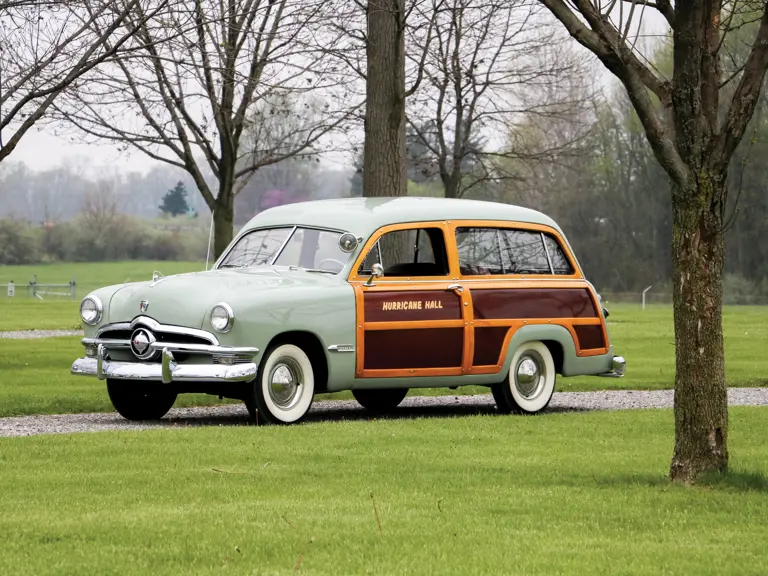

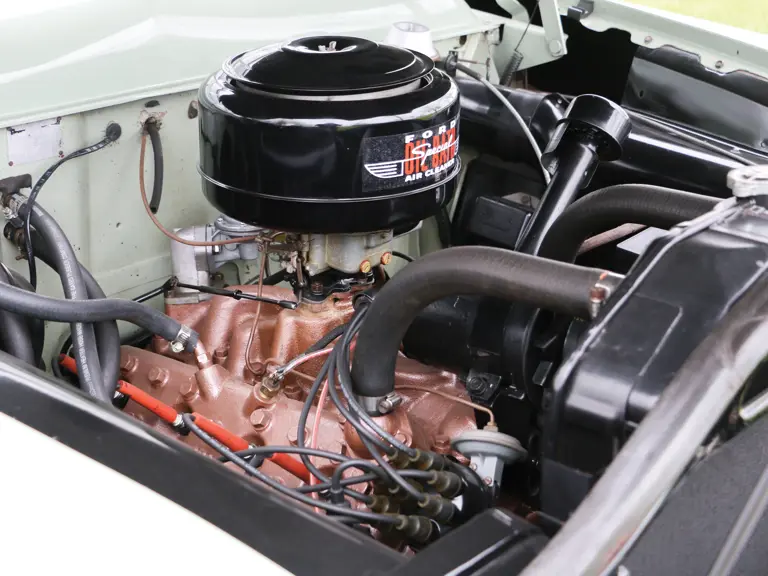
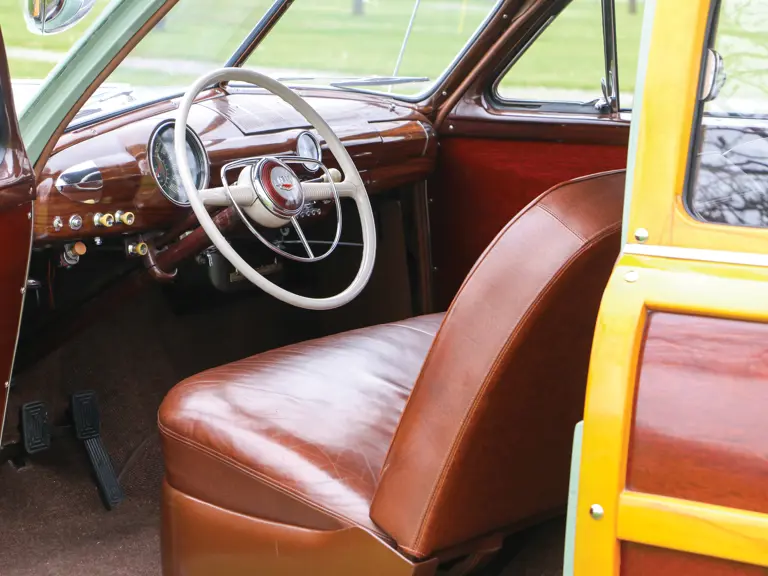


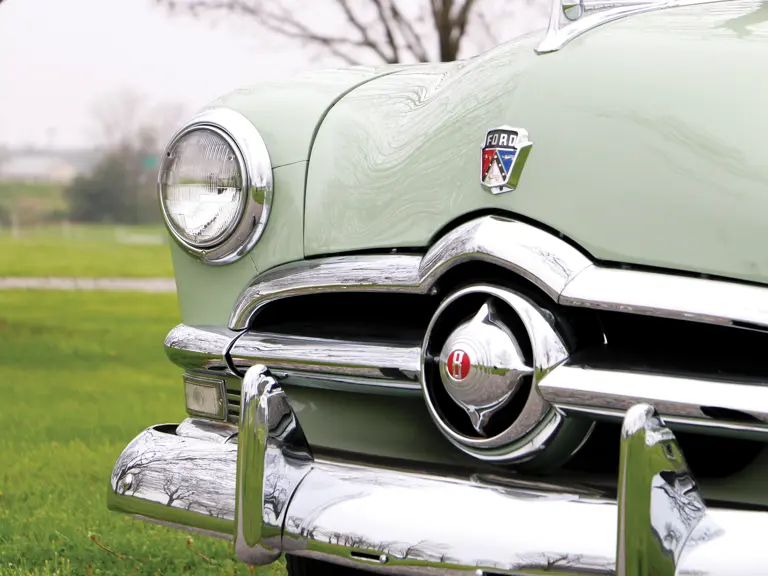
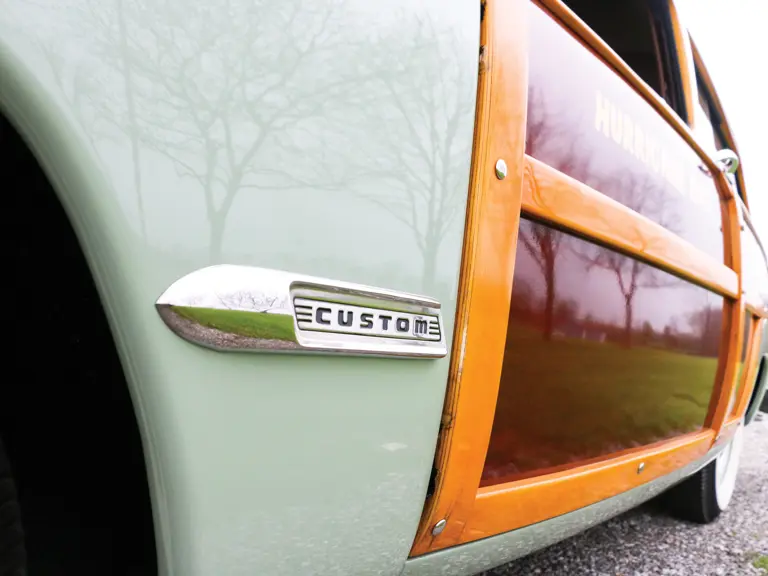
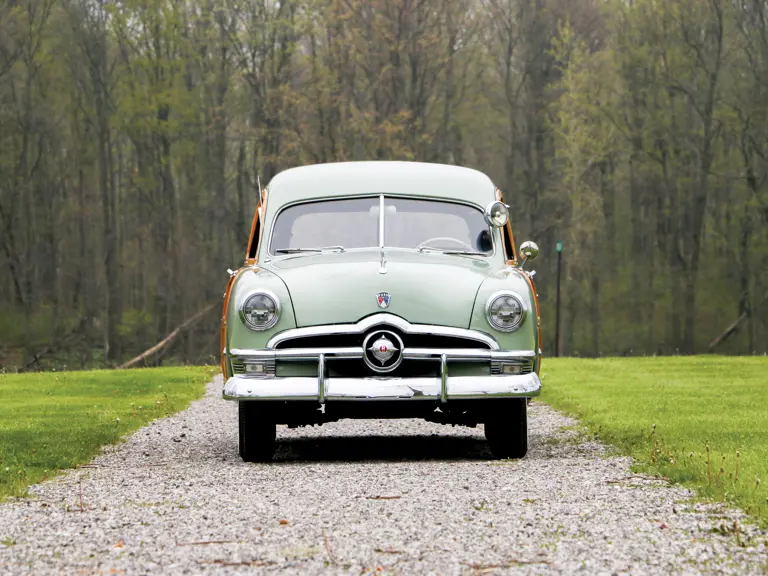
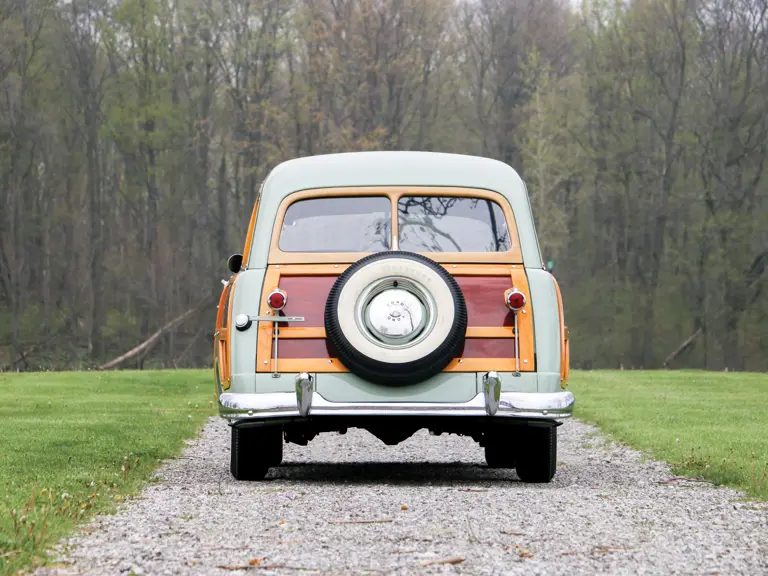
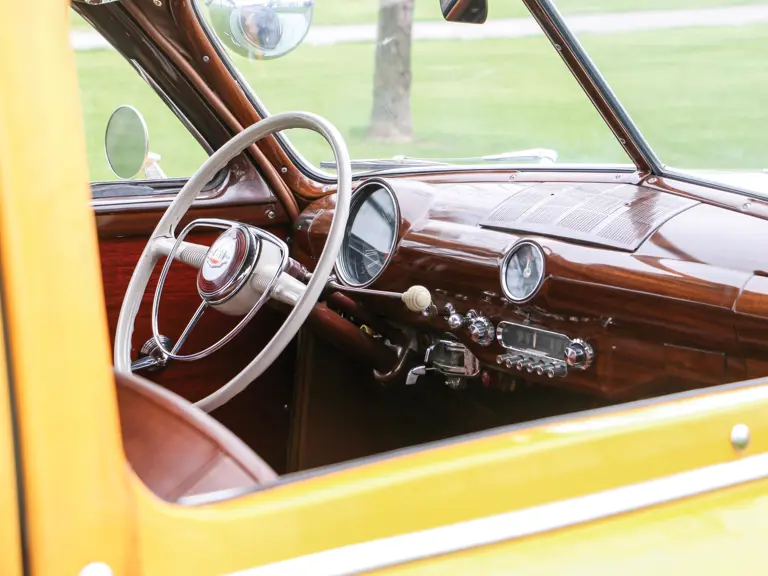
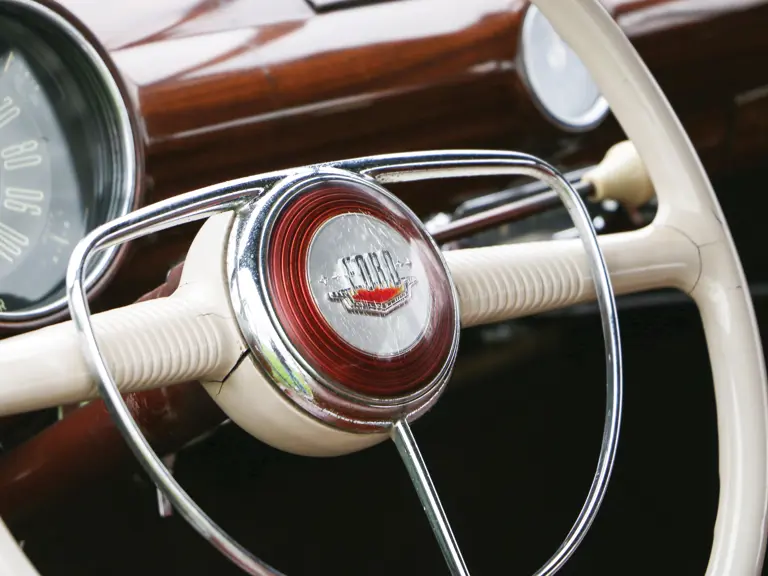
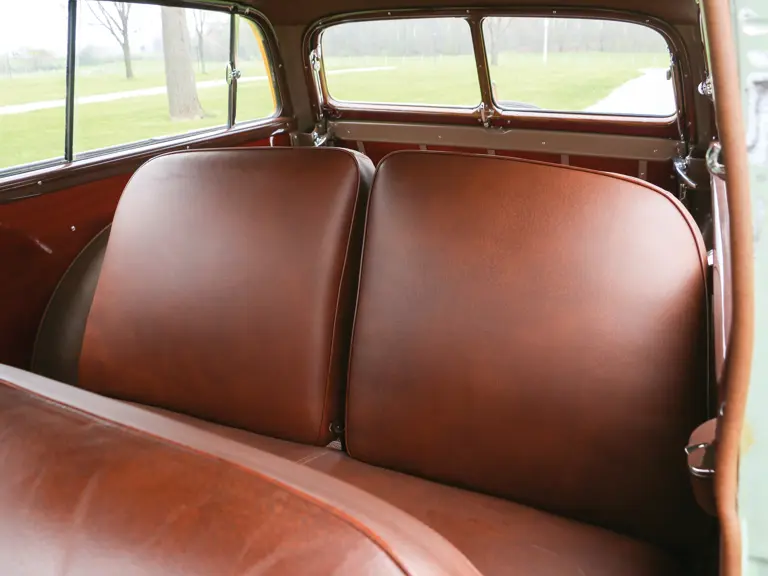
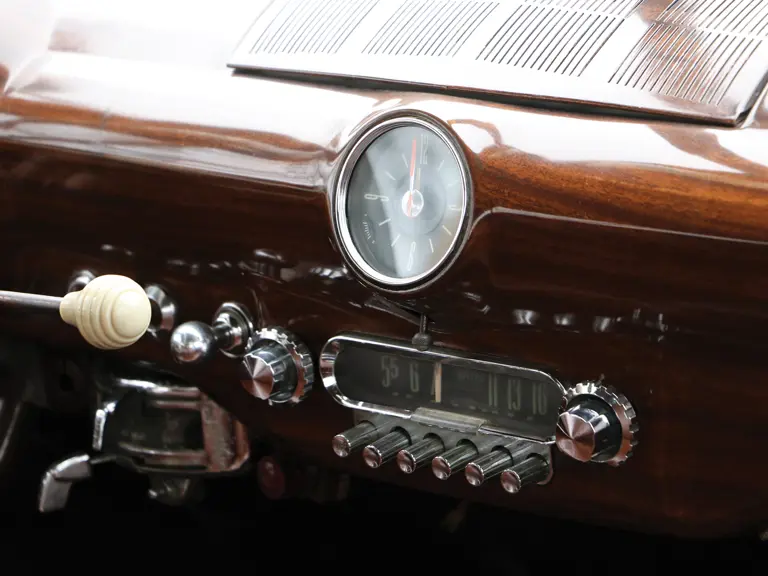
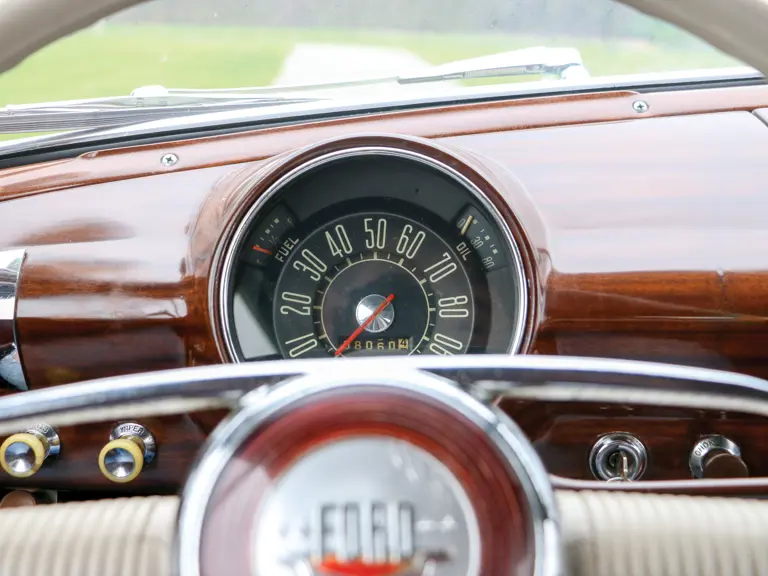

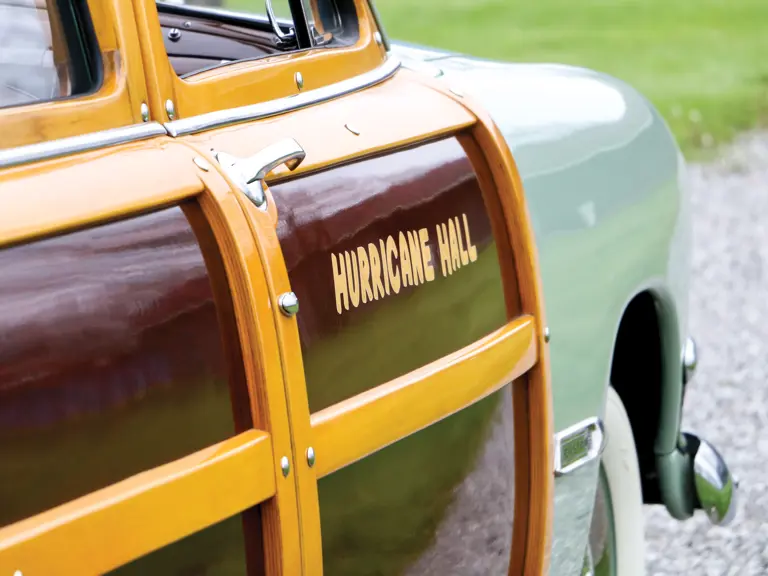
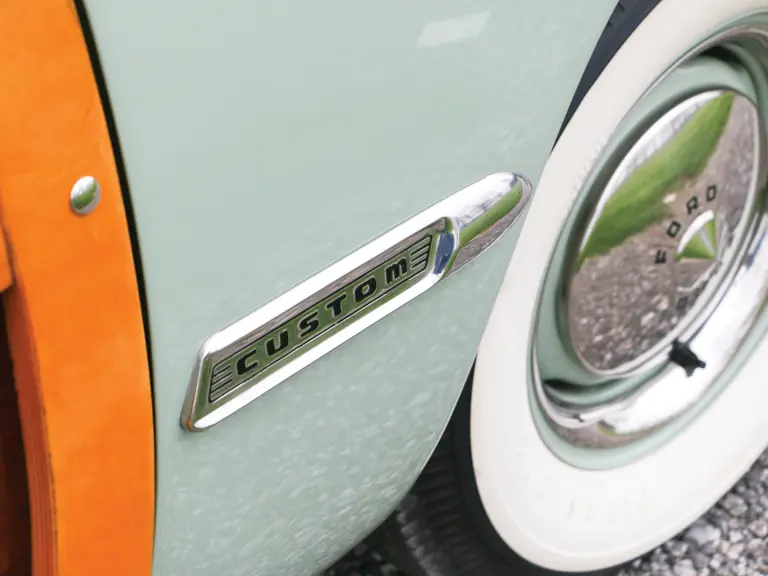


 | Plymouth, Michigan
| Plymouth, Michigan
